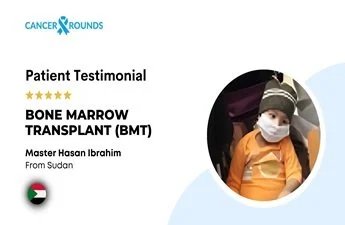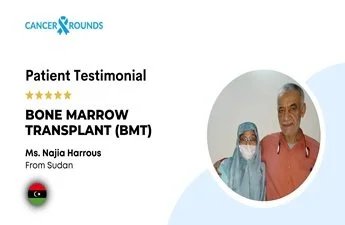Leukemia the most common type of blood cancer and is concerned with the rapid multiplication of abnormal white blood cells in the body. There are four common types of leukemia and they are,
- Acute Lymphocytic leukemia (ALL)
- Acute Myeloid Leukemia (AML)
- Chronic Lymphocytic Leukemia (CLL)
- Chronic Myeloid Leukemia (CML)
- Hairy Cell Leukemia (HCL)
A. Acute Lymphocytic Leukemia
There are four different types of lymphocytes or white blood cells in Humans, ALL is a common type of cancer in the B or T lymphocytes. Though these are immature white cells, they are major components of the lymphoid tissue that makes up the immune system. ALL commonly affects the bone marrow of bones and can also target the liver, spleen and distant lymph nodes. As B and T cells play an important role in the immune system, the affected person can suffer repeated infections. ALL can occur at any age but is found frequently in people under the age of 15 and over the age of 45.
B.Acute Myeloid Leukemia:
AML also is known as acute myelogenous leukemia is a cancer of the bone marrow and blood. It is a common type of cancer in adults and can target any component of the blood. There are also many subtypes of AML such as Myeloblastic, Promyelocytic, Myelomonocytic, Monocytic, erythroleukemia, megakaryocytic, etc.
The stem cells in the bone marrow develop into either Lymphoid cells, that later develop into white blood cells and Myeloid cells that later develop into red blood cells, white blood cells or platelets. In AML, the myeloid cells develop into myeloblasts of abnormal morphology, or into abnormal platelets or red blood cells. The normal function of the blood cells is thus tampered affecting all normal functions of the blood.
C.Chronic Lymphocytic Leukemia:
About one-third of Leukemia diagnosis is CLL and this generally affects older adults. The disease is slow-growing and generally lies latent in the bone marrow before extending into the blood. It generally affects the lymphocytes or the white blood cells and can affect the lymph nodes, the liver and the spleen as well. When too many abnormal WBCs grow in the blood, outnumbering the normal blood cells, the disease fighting capability of the body is seriously compromised.
D. Chronic Myeloid Leukemia:
CML affects the blood and bone marrow. This cancer starts with the blood-forming cells of the bone marrow, and over time spreads to the blood. This chronic form of blood cancer spreads and grows slowly, however it can start to multiply rapidly and affect almost any organ of the body. CML is generally associated with an abnormal chromosome known as the Philadelphia Chromosome or the Ph chromosome. It was found in the 1960s that this genetic mutation transforms myeloid cells into immature cancer cells.
E. Hairy cell Leukemia:
The HCL is a rare type of Leukemia and grows slowly in the blood. The bone marrow makes too many B cells and fewer WBCs, RBCs, and platelets. People with the diagnosis of HCL live for many years before the symptoms appear.



















